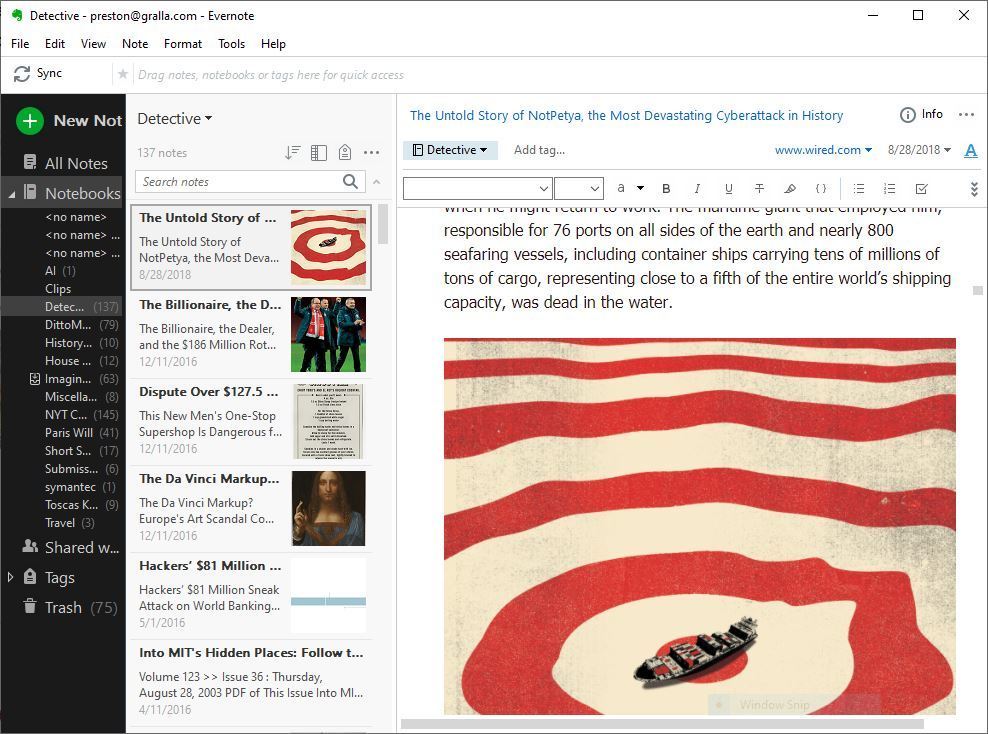

- STAND ALONE NOTE TAKING SOFTWARE WINDOWS INSTALL
- STAND ALONE NOTE TAKING SOFTWARE WINDOWS DRIVER
- STAND ALONE NOTE TAKING SOFTWARE WINDOWS WINDOWS
Client: This setting controls the use of Client for Microsoft Networks and File and Printer Sharing for Microsoft Networks on all interfaces.Rolling back will enable LLTP on all interfaces. Disabling will disable LLTP on all interfaces.


STAND ALONE NOTE TAKING SOFTWARE WINDOWS DRIVER
LLTP: This setting controls the use of Link-Layer Topology Discovery Mapper I/O Driver and the Microsoft LLDP Driver on all interfaces.Rolling back will enable IPv6 on all interfaces. Disabling will disable IPv6 on all interfaces. IPv6: This setting controls the use of IPv6 on all interfaces.The bindings setting controls the function of all. Bindings: Network interfaces have multiple configuration settings that can be controlled.Rolling back does not remove the rule, it just disables it. Enabling creates the rule (if not present) and enables the rule.
STAND ALONE NOTE TAKING SOFTWARE WINDOWS WINDOWS
Firewall Rules: modifies the Windows Host-based Firewall with a rule named "Block Windows Services - SAWH" that controls TCP ports 135, 137, 139, and 445. Rolling back enables NetBIOS on each interface. Disabling disables NetBIOS on each interface. NetBIOS: modifies the settings of each network interface. Rolling back puts the interfaces into 'Private' mode. Disabling puts the interfaces into 'Public' mode. Interface Mode: modifies the mode of each network interface. Then, they should test completely before using in production. Your team should review each and determine which should be enabled and which should be disabled. The following configurations can be updated within the script. NOTE: except for SMBv1, you can roll this setting back manually. The rollback resets the system to a normal default configuration by enabling the Windows services and network adapter settings. The rollback is not performed from a stored configuration for the system. 'rollback' - this modifies the system to rollback services and settings following the action verbs configured in the script. 'disable' - this modifies the system to disable services and settings following the action verbs configured in the script. 'check' - this performs a check of the system and the configuration of the script's actions. Use At Your Own Risk!!!! Do not run on production systems without testing. Users accept all responsibility for using this script in testing and production environments. Cutaway Security is not responsible for how this script affects your system, your network, your services, or your process. Security Templates and Group Policy Objects (GPO), of course, are the BEST way to handle system hardening and SAWH should only be used as a stop-gap until your team can plan and test those technologies. STAND ALONE NOTE TAKING SOFTWARE WINDOWS INSTALL
This script provides a configurable way to modify the configuration of a stand-alone system without the need to configure, test, and install Security Templates. Therefore, to reduce the attack surface, many of these services can be disabled. These systems typically do not need to use services such as Network Browsing, IPv6, SMBv1, NetBIOS, and other Windows services to function properly. Human-Machine Interface (MHI) systems within process environments often only require local access to interact with the system. SAWH is a PowerShell script to reduce the attack surface of Windows systems that are not attached to a Windows Active Directory Domain and do not require Windows services to function.







 0 kommentar(er)
0 kommentar(er)
